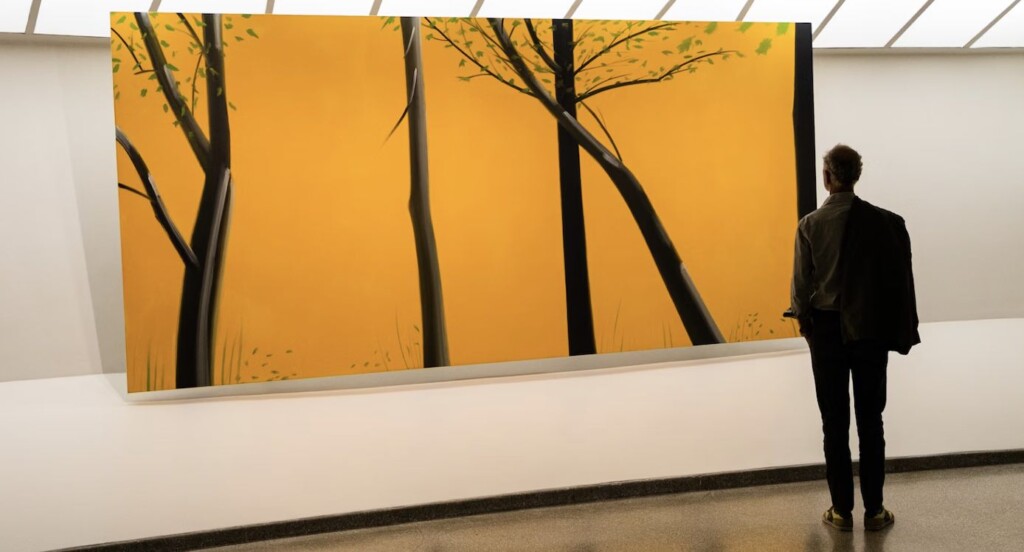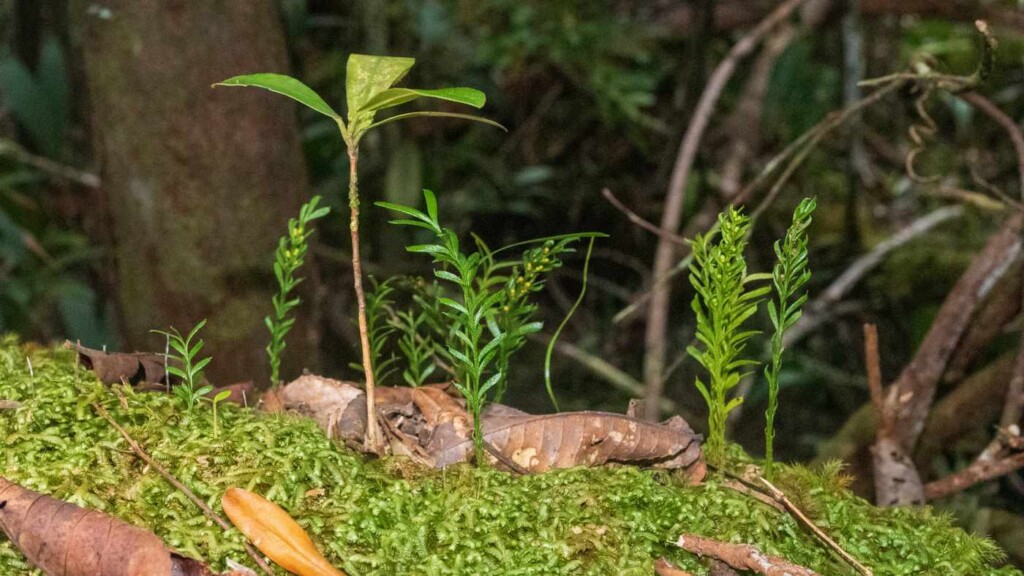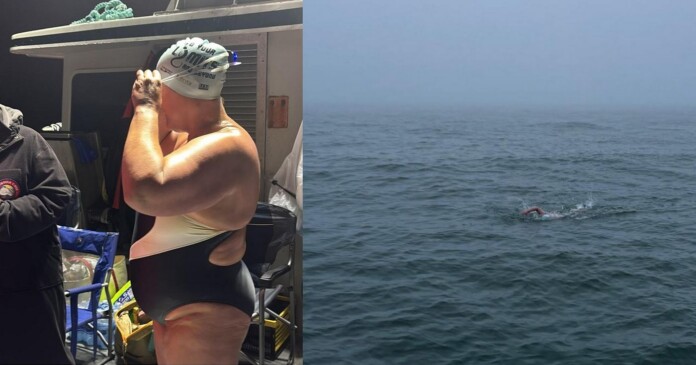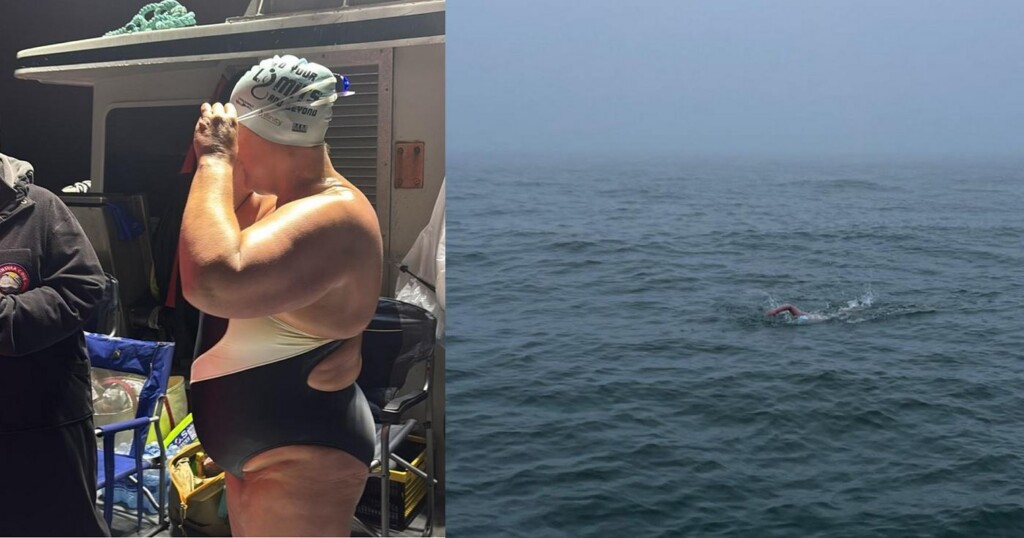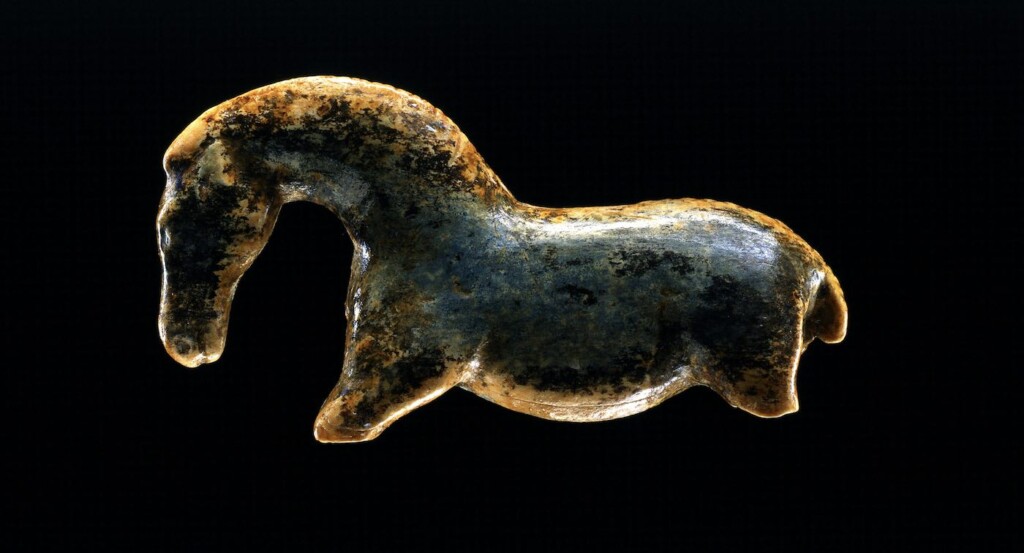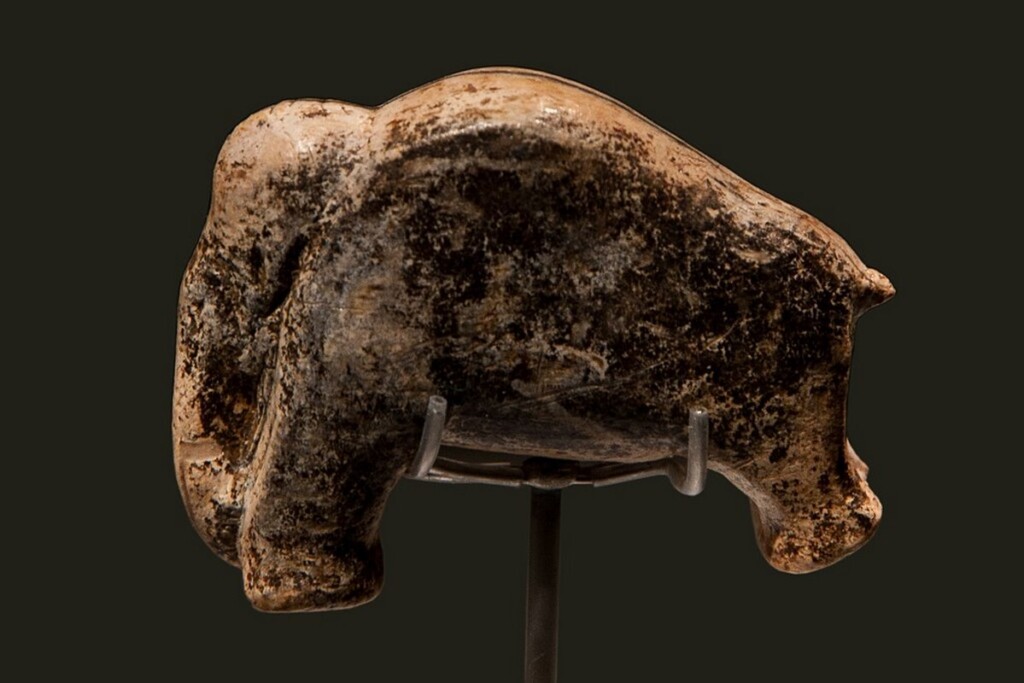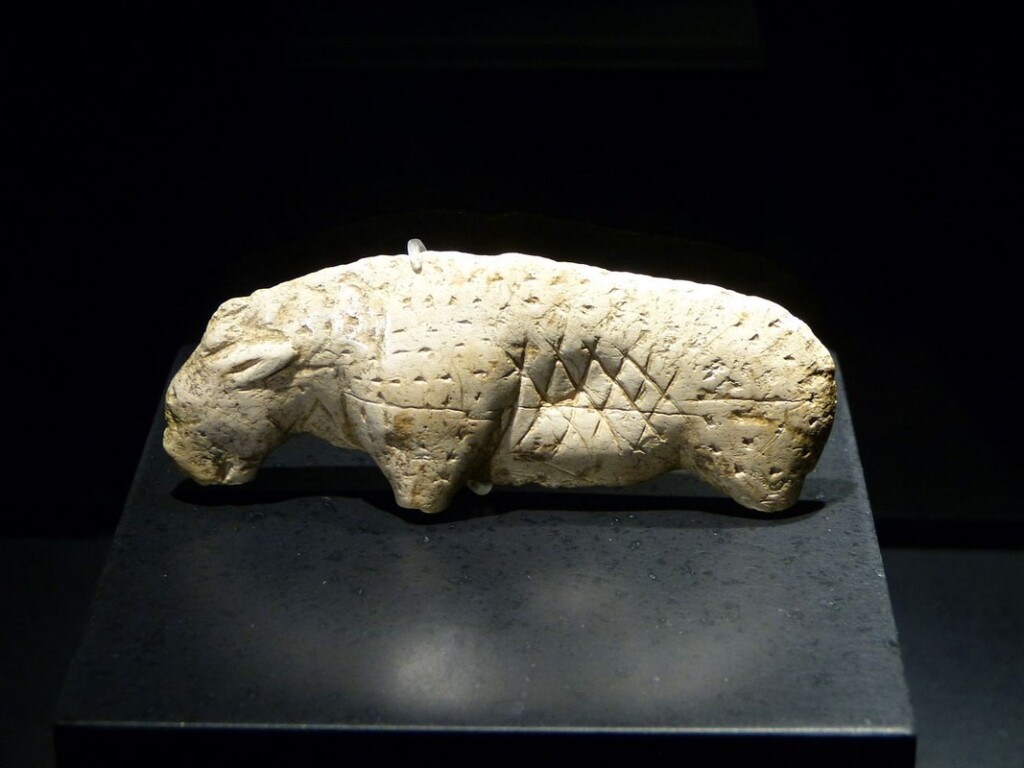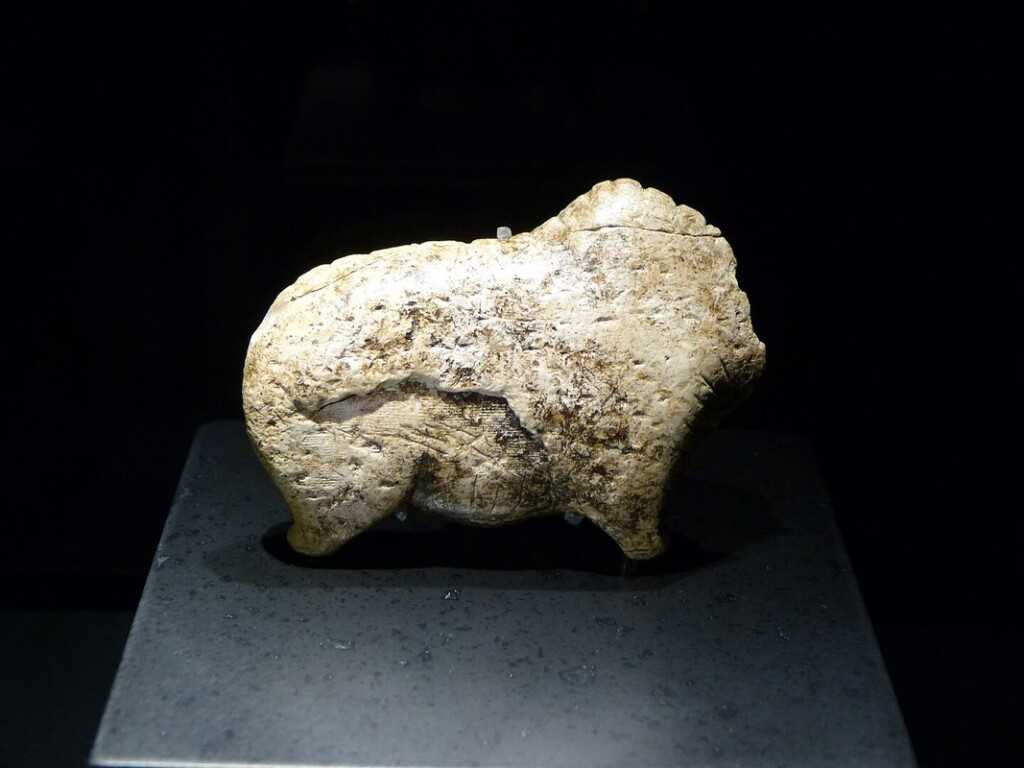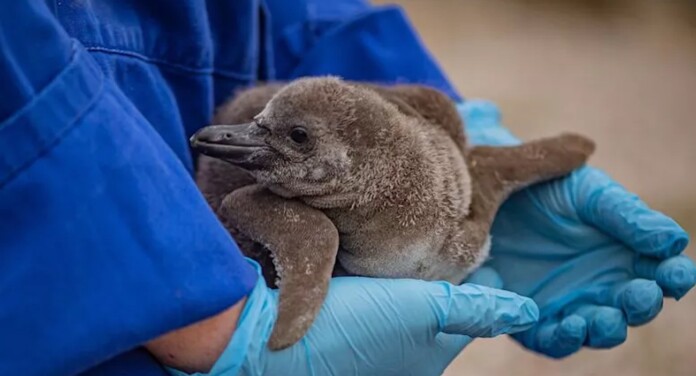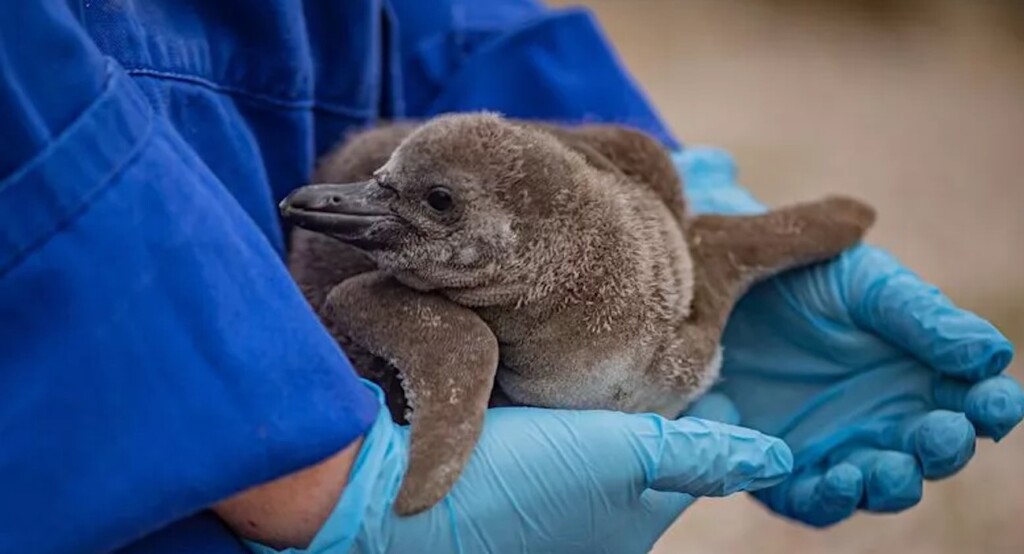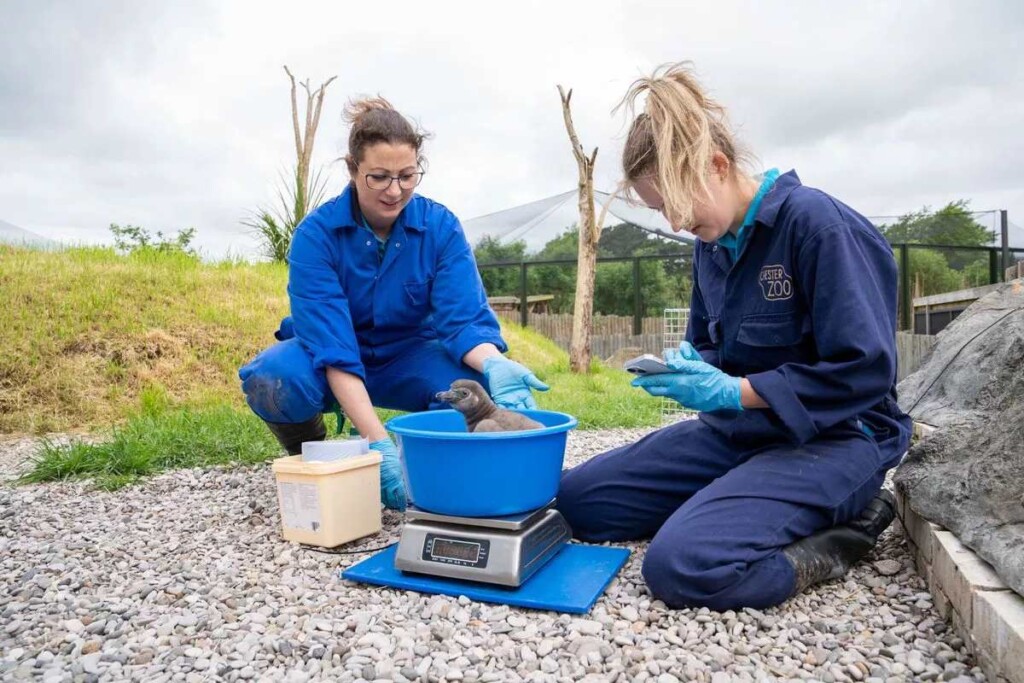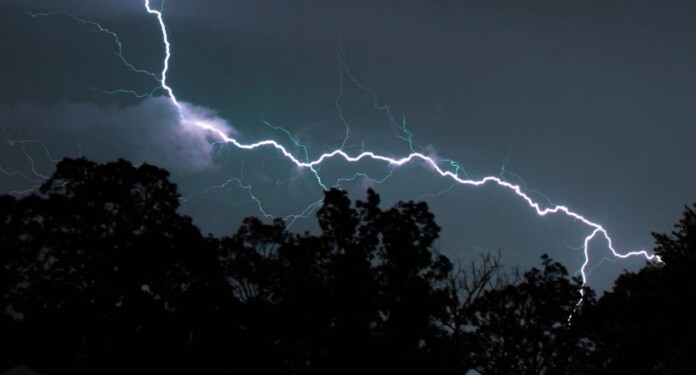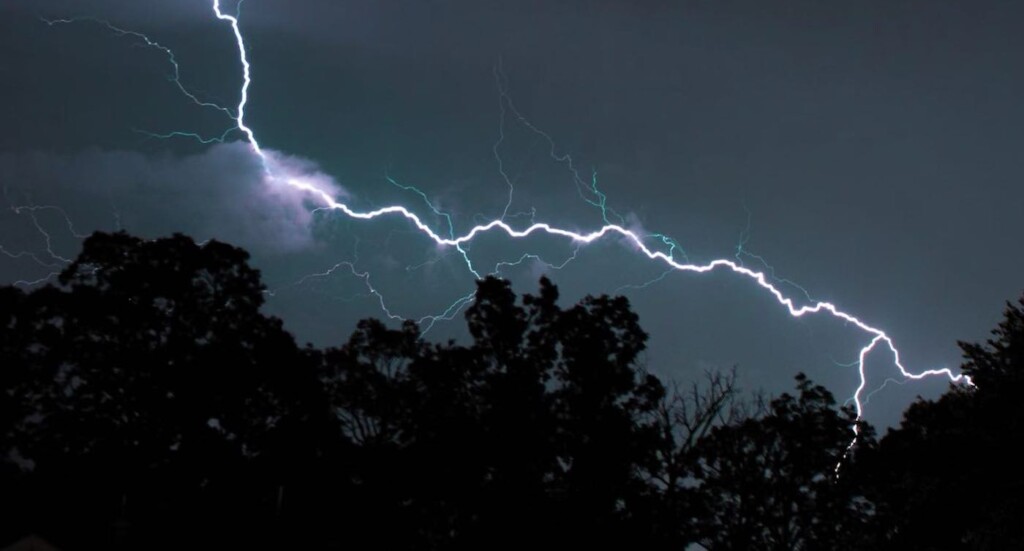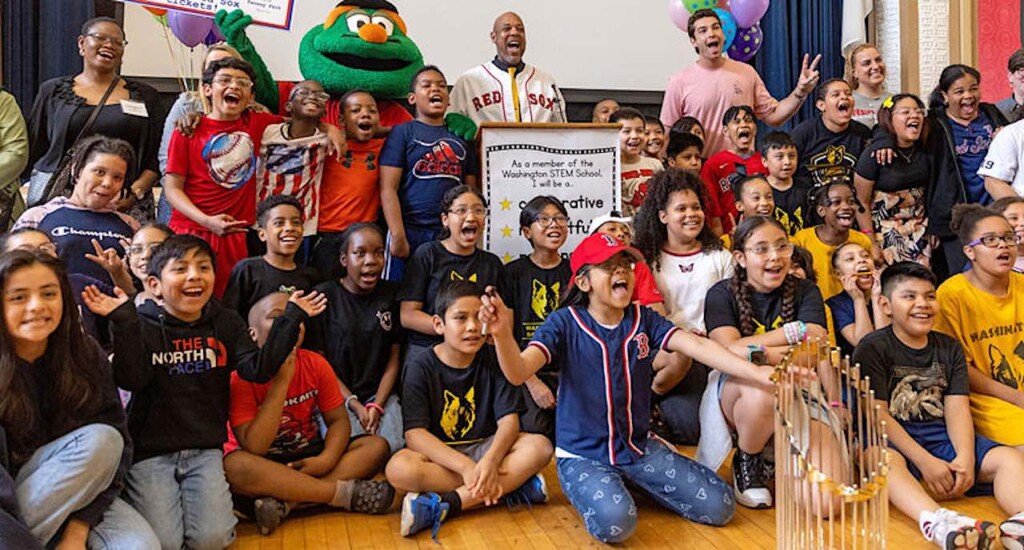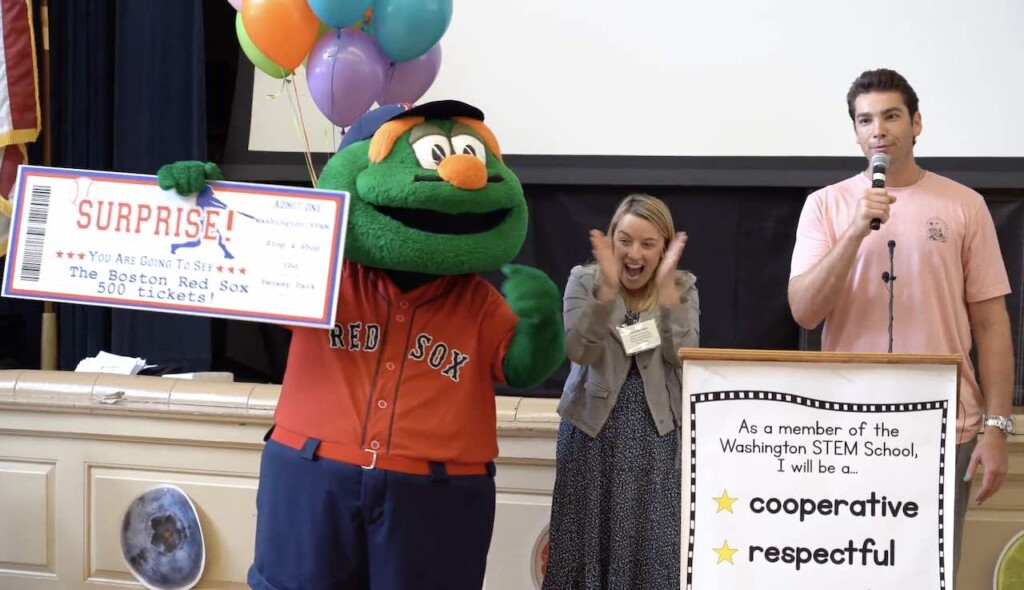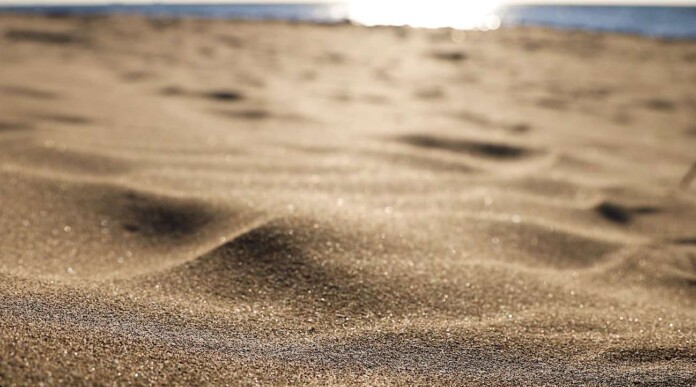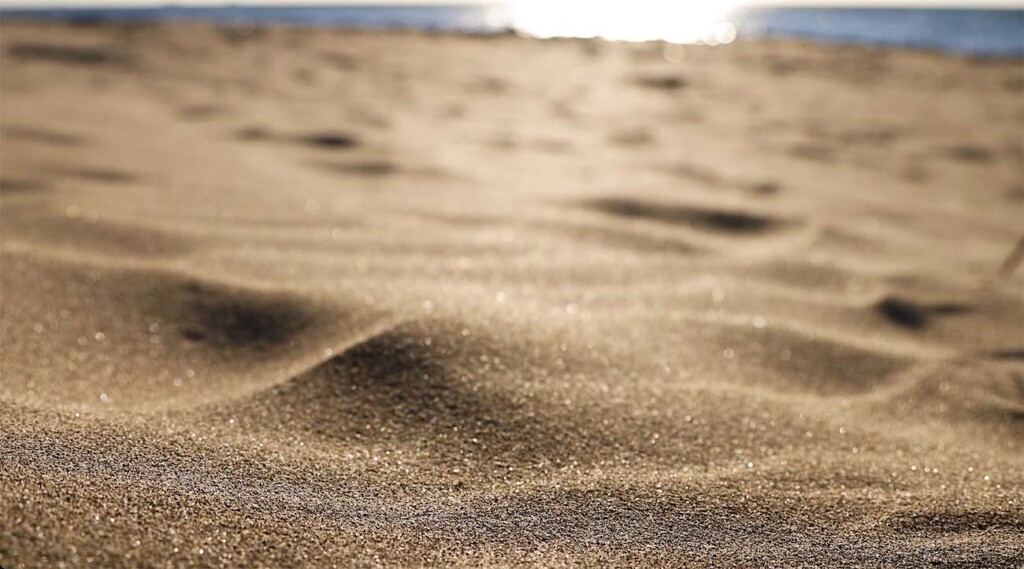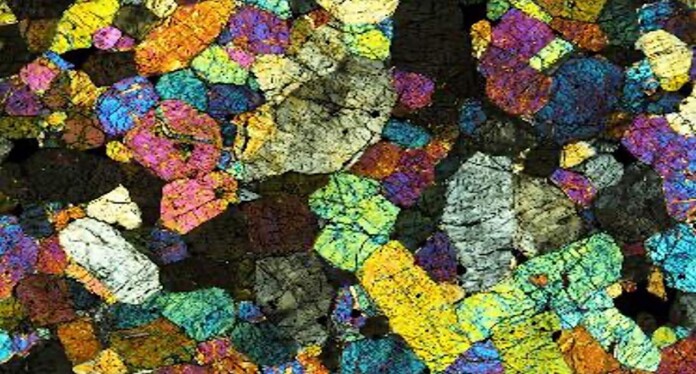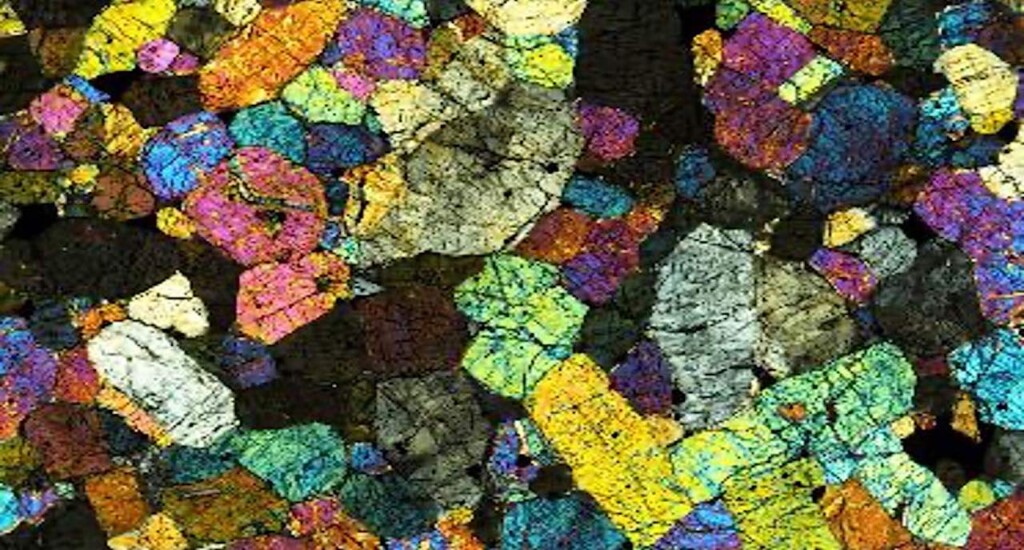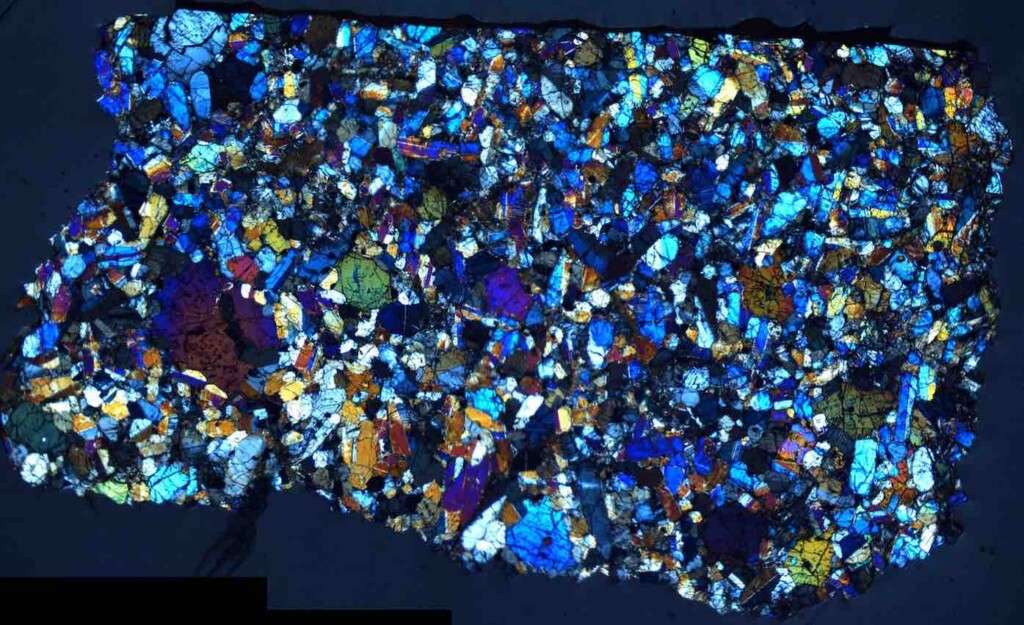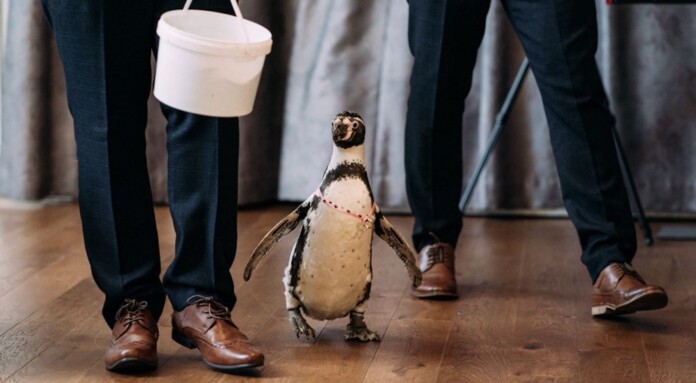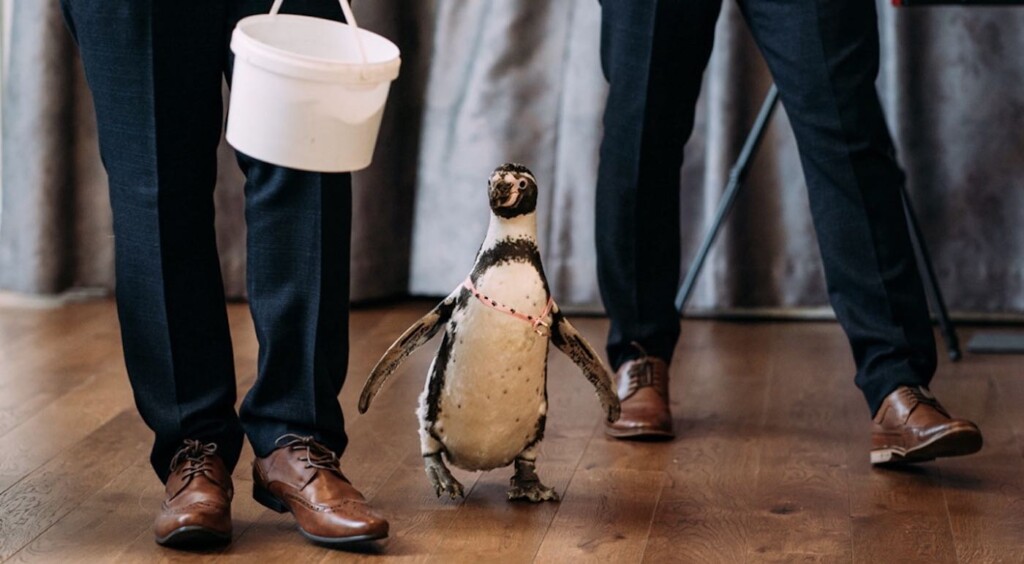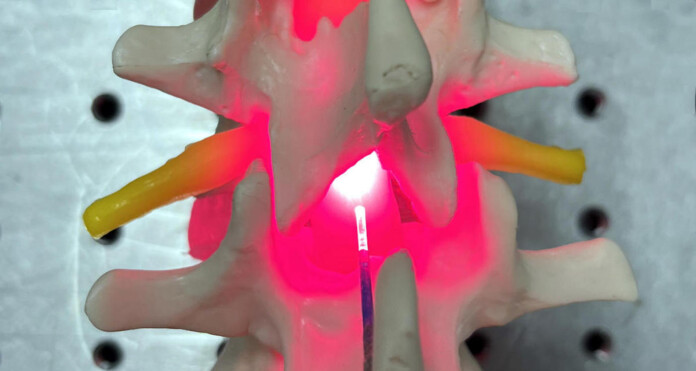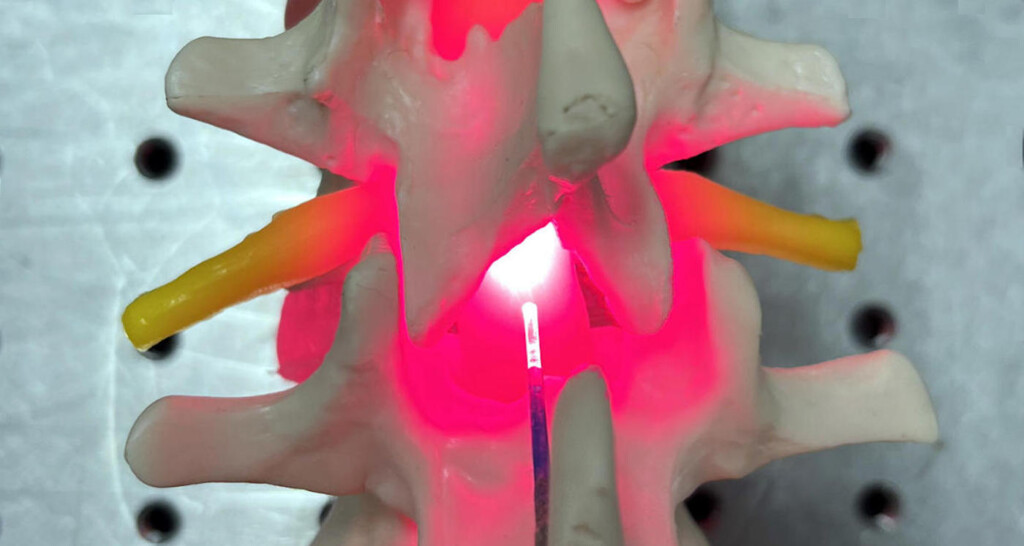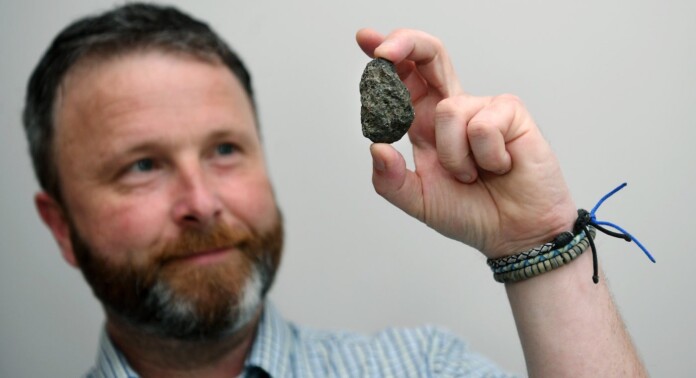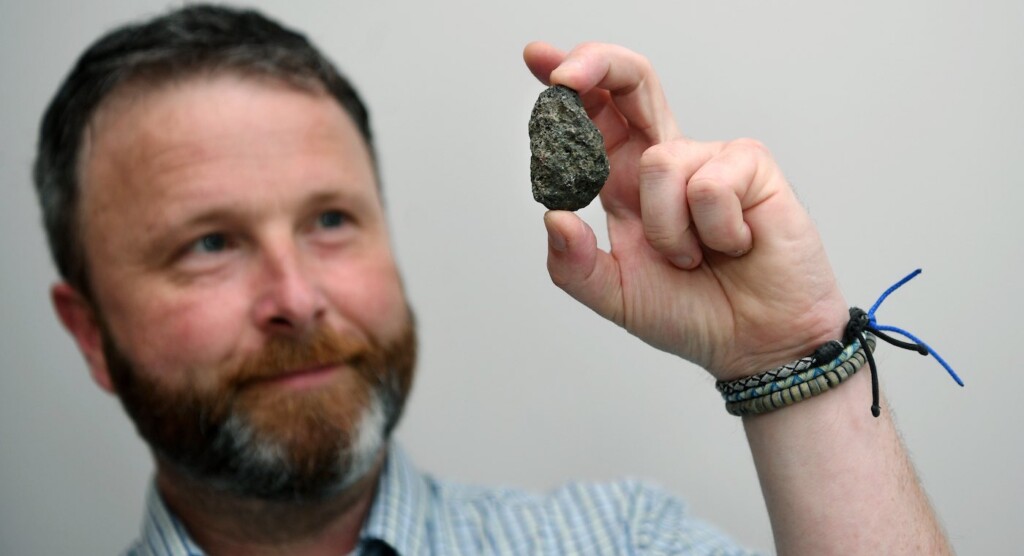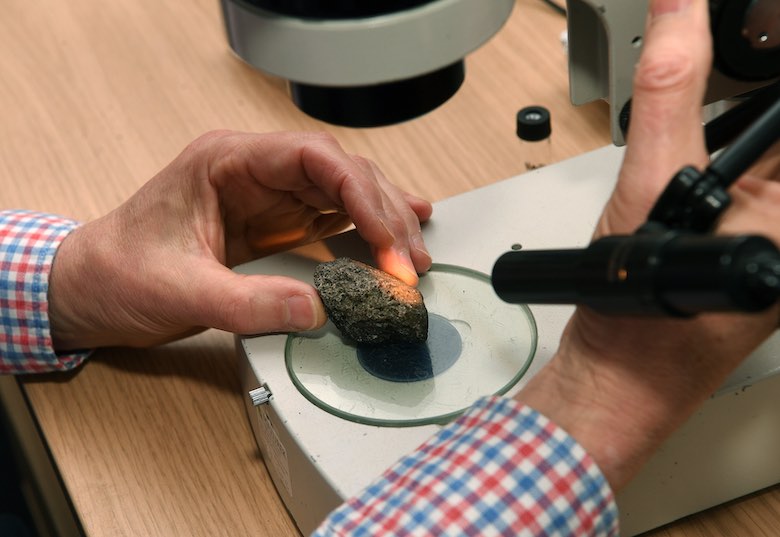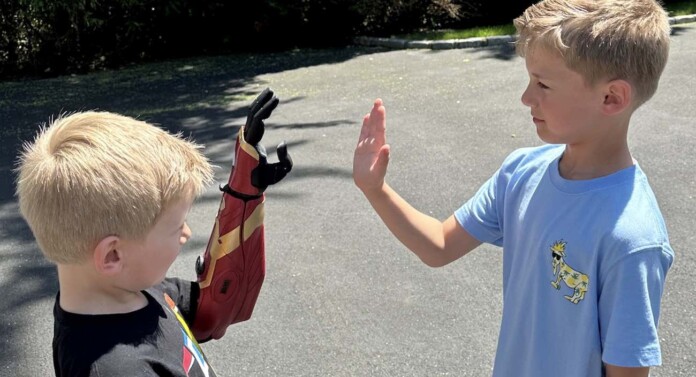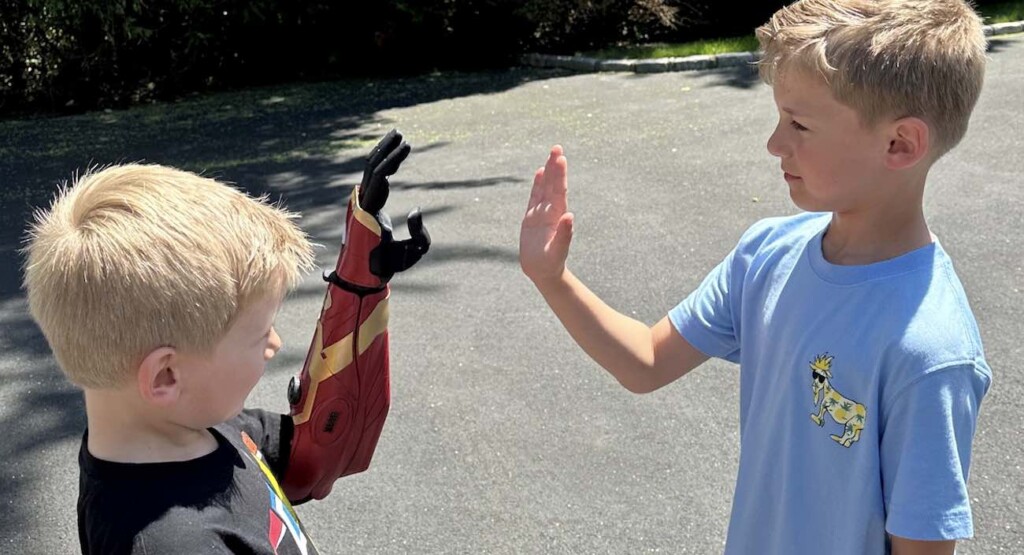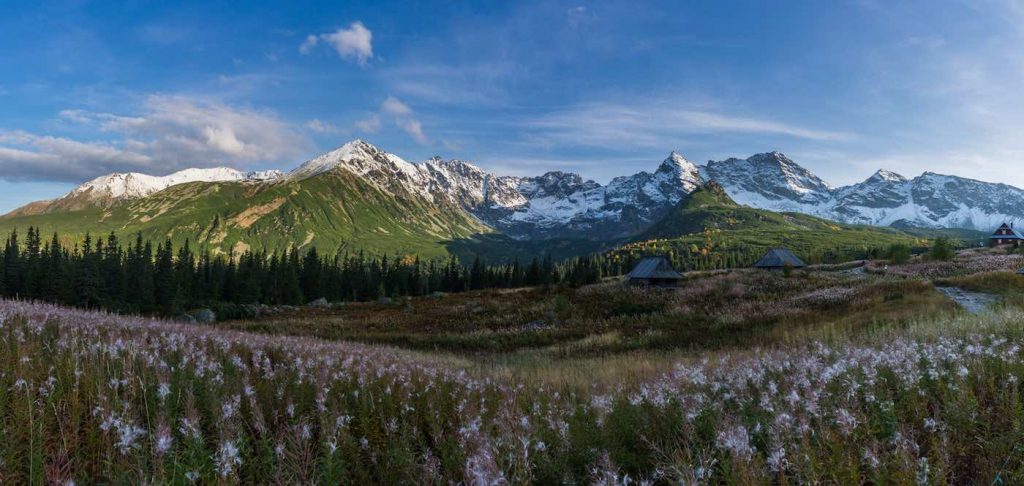Our partner Rob Brezsny, who has a new book out, Astrology Is Real: Revelations from My Life as an Oracle, provides his weekly wisdom to enlighten our thinking and motivate our mood. Rob’s Free Will Astrology, is a syndicated weekly column appearing in over a hundred publications. He is also the author of Pronoia Is the Antidote for Paranoia: How All of Creation Is Conspiring To Shower You with Blessings. (A free preview of the book is available here.)
Here is your weekly horoscope…

FREE WILL ASTROLOGY – Week of June 1, 2024
Copyright by Rob Brezsny, FreeWillAstrology.com
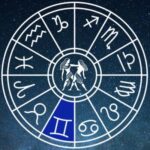
GEMINI (May 21-June 20):
All of us periodically enjoy phases I call “Freedom from Cosmic Compulsion.” During these times, the Fates have a reduced power to shape our destinies. Our willpower has more spaciousness to work with. Our intentions get less resistance from karmic pressures that at other times might narrow our options. As I meditated on you, dear Gemini, I realized you are now in a phase of Freedom from Cosmic Compulsion. I also saw that you will have more of these phases than anyone else during the next 11 months. It might be time for you to get a “LIBERATION” tattoo or an equivalent new accessory.
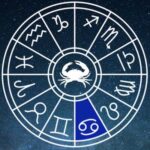
CANCER (June 21-July 22):
Bold predictions: 1. Whatever treasure you have lost or are losing will ultimately be reborn in a beautiful form. 2. Any purposeful surrender you make will hone your understanding of exactly what your soul needs next to thrive. 3. A helpful influence may fade away, but its disappearance will clear the path for new helpful influences that serve your future in ways you can’t imagine yet. 4. Wandering around without a precise sense of where you’re going will arouse a robust new understanding of what home means to you.
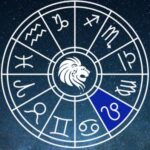
LEO (July 23-Aug. 22):
Denmark’s King Canute IV (1042–1086) wasn’t bashful about asserting his power. He claimed ownership of all the land. He insisted on the right to inherit the possessions of all foreigners and people without families. Goods from shipwrecks were automatically his property. But once, his efforts to extend his authority failed. He had his servants move his throne to a beach as the tide came in. Seated and facing the North Sea, he commanded, “Halt your advance!” The surf did not obey. “You must surrender to my superior will!” he exclaimed, but the waters did not recede. Soon, his throne was engulfed by water. Humbled, Canute departed. I bring this up not to discourage you, Leo. I believe you can and should expand your influence and clout in the coming weeks. Just be sure you know when to stop.
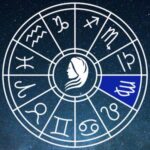
VIRGO (Aug. 23-Sept. 22):
Virgo-born Irène Joliot-Curie craved more attention than she got from her mother, Marie Curie. Mom was zealously devoted to her career as a chemist and physicist, which is one reason why she won Nobel Prizes in both fields. But she didn’t spend sufficient time with her daughter. Fortunately, Irène’s grandfather Eugène became his granddaughter’s best friend and teacher. With his encouragement, she grew into a formidable scientist and eventually won a Nobel Prize in chemistry herself. Even if you’re not a kid, Virgo, I suspect there may be a mentor and guide akin to Eugène in your future. Go looking! To expedite the process, define what activity or skill you want help in developing.

LIBRA (Sept. 23-Oct. 22):
I have a fantasy that sometime in the coming months, you will slip away to a sanctuary in a pastoral paradise. There you will enjoy long hikes and immerse yourself in healing music and savor books you’ve been wanting to read. Maybe you will write your memoirs or compose deep messages to dear old friends. Here’s the title of what I hope will be a future chapter of your life story: “A Thrillingly Relaxing Getaway.” Have you been envisioning an adventure like this, Libra? Or is your imagination more inclined to yearn for a trip to an exciting city where you will exult in high culture? I like that alternative, too. Maybe you will consider doing both.
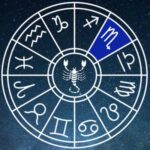
SCORPIO (Oct. 23-Nov. 21):
An Instagrammer named sketchesbyboze advises us, “Re-enchant your life by making the mundane exciting. You are not ‘going to the drugstore.’ You are visiting the apothecary to buy potions. You are not ‘running an errand.’ You are undertaking an unpredictable adventure. You are not ‘feeding the birds.’ You are making an alliance with the crow queen.” I endorse this counsel for your use, Scorpio. You now have the right and duty to infuse your daily rhythm with magic and fantasy. To attract life’s best blessings, you should be epic and majestic. Treat your life as a mythic quest.
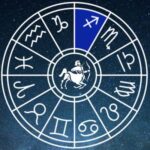
SAGITTARIUS (Nov. 22-Dec. 21):
I invite you to invite new muses into your life in the coming months. Give them auditions. Interview them. Figure out which are most likely to boost your creativity, stimulate your imagination, and rouse your inspiration in every area of your life, not just your art form. Tell them you’re ready to deal with unpredictable departures from the routine as long as these alternate paths lead to rich teachings. And what form might these muses take? Could be actual humans. Could be animals or spirits. Might be ancestral voices, exciting teachings, or pilgrimages to sacred sanctuaries. Expand your concept of what a muse might be so you can get as much muse-like input as possible.
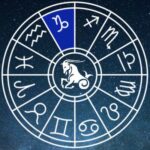
CAPRICORN (Dec. 22-Jan. 19):
The Japanese have a word for a problem that plagues other countries as well as theirs: karoshi, or death from working too hard and too much. No matter how high-minded our motivations might be, no matter how interesting our jobs are, most of us cannot safely devote long hours to intense labor week after week, month after month. It’s too stressful on the mind and body. I will ask you to monitor yourself for such proclivities in the coming months. You can accomplish wonders as long as you work diligently but don’t overwork. (PS: You won’t literally expire if you relentlessly push yourself with nonstop hard exertion, but you will risk compromising your mental health. So don’t do it!)
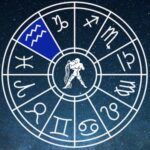
AQUARIUS (Jan. 20-Feb. 18):
Typically, human fertility is strongest when the temperature is 64 degrees Fahrenheit. But I suspect you will be an exception to the rule in the coming months. Whether it’s 10 below or 90 in the shade, your fertility will be extra robust—literally, as well as psychologically and spiritually. If you would rather make great art or business than new babies, be very attentive to that. I advise you to formulate very clear intentions about how you want to direct all that lush fecundity. Identify which creative outlets are most likely to serve your long-term health and happiness.
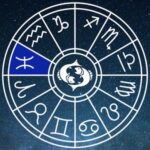
PISCES (Feb. 19-March 20):
Here’s a key assignment in the coming months: Enjoy fantasizing about your dream home. Imagine the comfortable sanctuary that would inspire you to feel utterly at home in your body, your life, and the world. Even if you can’t afford to buy this ultimate haven, you will benefit from visualizing it. As you do, your subconscious mind will suggest ways you can enhance your security and stability. You may also attract influences and resources that will eventually help you live in your dream home.
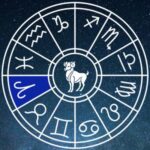
ARIES (March 21-April 19):
Welcome to the future of your education, Aries! Here are actions you can take to ensure you are exposed to all the lush lessons you need and deserve in the coming months. 1. Identify three subjects you would be excited to learn more about. 2. Shed dogmas and fixed theories that interfere with your receptivity to new information. 3. Vow to be alert for new guides or mentors. 4. Formulate a three-year plan to get the training and teachings you need most. 5. Be avidly curious.
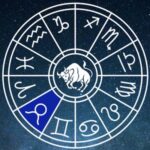
TAURUS (April 20-May 20):
Poet Emily Dickinson was skillful at invoking and managing deep feelings. One scholar described her emotions as being profoundly erotic, outlandish, sensuous, flagrant, and nuanced. Another scholar said she needed and sought regular doses of ecstasy. Yet even she, maestro of passions, got overwhelmed. In one poem, she wondered “Why Floods be served to us in Bowls?” I suspect you may be having a similar experience, Taurus. It’s fun, though sometimes a bit too much. The good news is that metaphorically speaking, you will soon be in possession of a voluminous new bowl that can accommodate the floods.
WANT MORE? Listen to Rob’s EXPANDED AUDIO HOROSCOPES, 4-5 minute meditations on the current state of your destiny — or subscribe to his unique daily text message service at: RealAstrology.com
SHARE The Wisdom With Friends Who Are Stars in Your Life on Social Media…























